Staggered or Square: The Pros and Cons of Running Different Sized Tires Front and Rear
If you’ve spent any time in the performance car scene, you’ve probably heard the terms “staggered” and “square” regarding wheel and tire fitment.
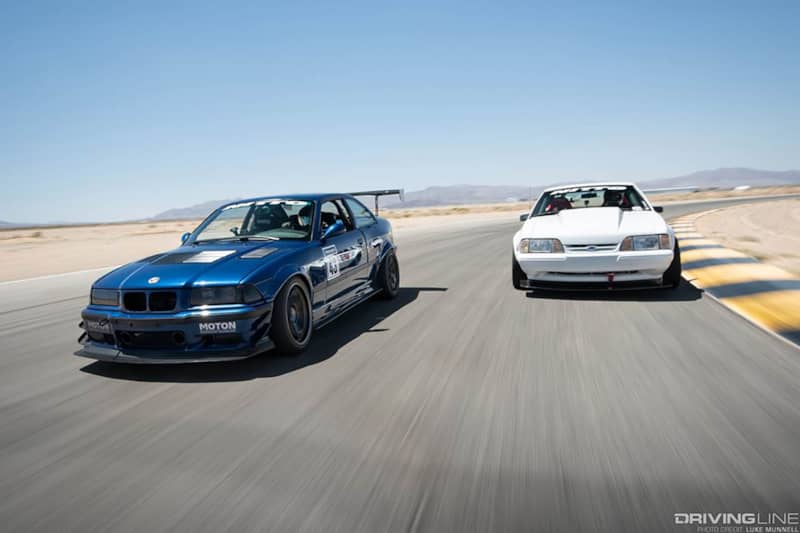
Simply put, a square setup uses the same size wheels and tires on all four corners. A staggered setup has wider wheels and tires on one end of the car— usually on the driven axle and typically the rear.
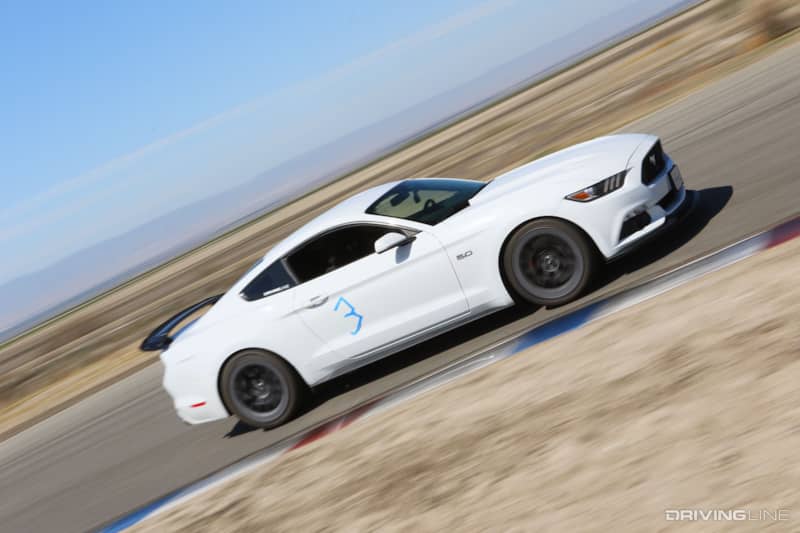
On very rare occasions, you'll find a stock FWD or Front-based AWD car with wider wheels in the front, but those aren’t the norm, so we’ll mainly focus on rear-drive performance cars for the staggered aspect of this discussion.
While the vast majority of everyday cars come from the factory with square setups (including many performance cars), many dedicated performance cars from the factory come with wider wheels and tires in the rear.
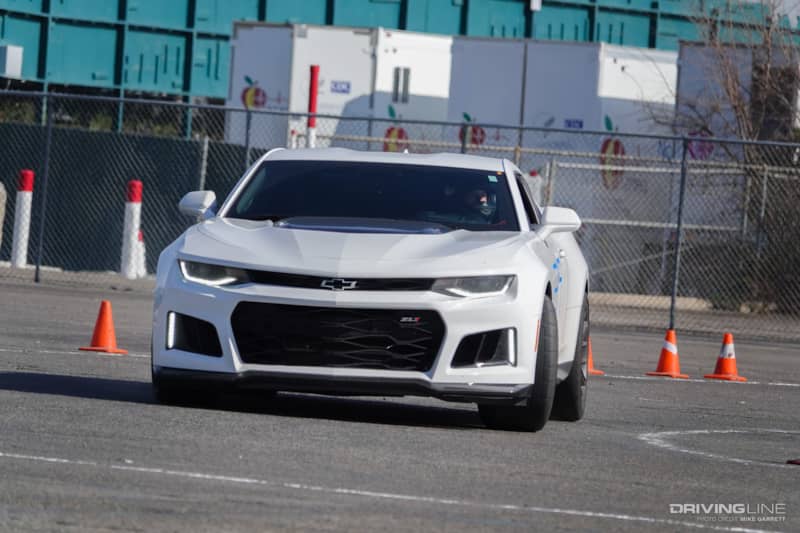
Corvettes have been like this since the ‘90s, high performance variants of the Mustang come with wider back tires, as do lots of BMWs, Porsches and many others these days.
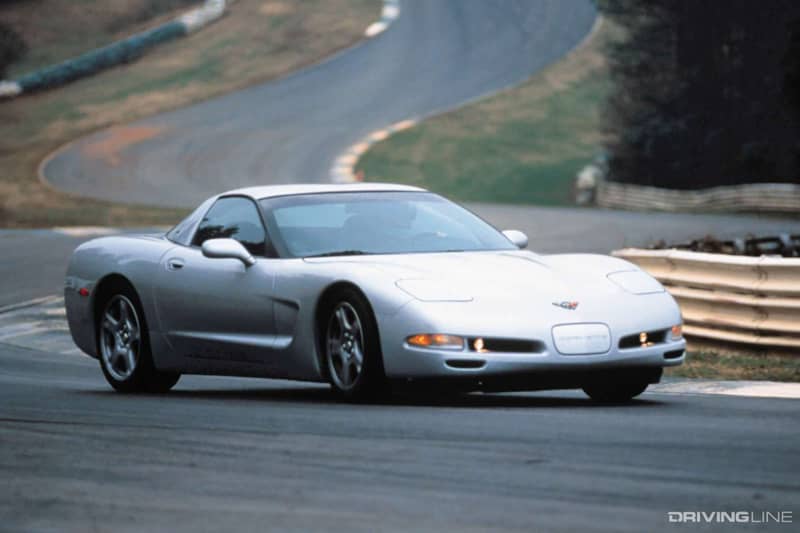
And naturally, when the owners of these cars go to upgrade their wheels and tires, they ponder moving to a square setup, where they install a wider front wheel and tire to match rear. But what exactly are the benefits of this? And just as important, what are the drawbacks?
Reasons to Go With a Square Setup
One of the primary reasons to fit wider wheels and tires in the front is the increased traction they provide. If you are simply interested in going fast in a straight line, wider tires in the front won’t matter, but for twisty roads and track days— generally speaking, the wider the front wheels and tires, the better.
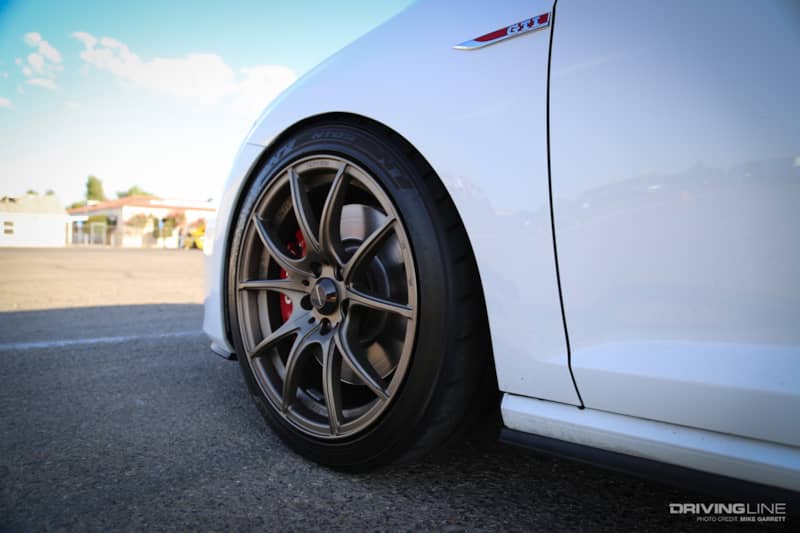
Equally important is the added balance a square setup brings. Most cars are designed to have some understeer in stock trim, and fitting wider front tires to match the rear can help rid a car of understeer, making it more neutral on track, which often means faster laps (and more fun).
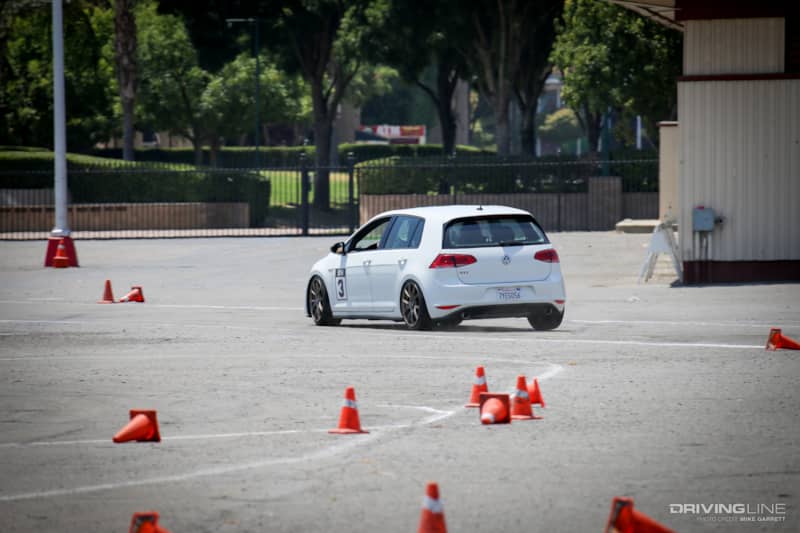
Another positive of running the same size tires all around is being able to rotate your front tires to the rear, and thus getting more life out of them. And this is something you’ll benefit from in terms of both track use and daily driving.
Reasons to Go Staggered Setup
On the other hand, one reason to either stick with a stock staggered setup or install one is because you prefer the feeling of the car from the factory and don’t need the added front-end grip or balance at the limit.
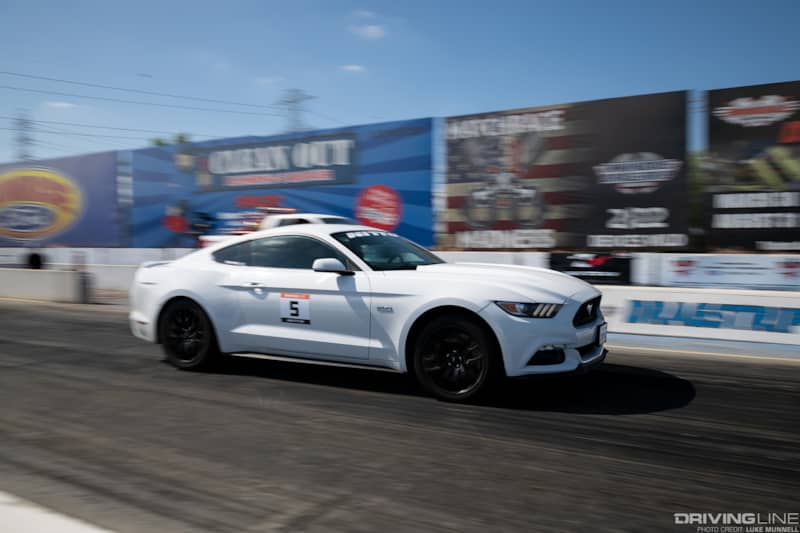
Additionally, a staggered setup will save you money at purchase time as your front wheels and tires won’t be as expensive as the rears. And they will also be lighter as well. That’s why most cars built for pure straight line speed run the narrowest front tires and widest rear tires as possible.
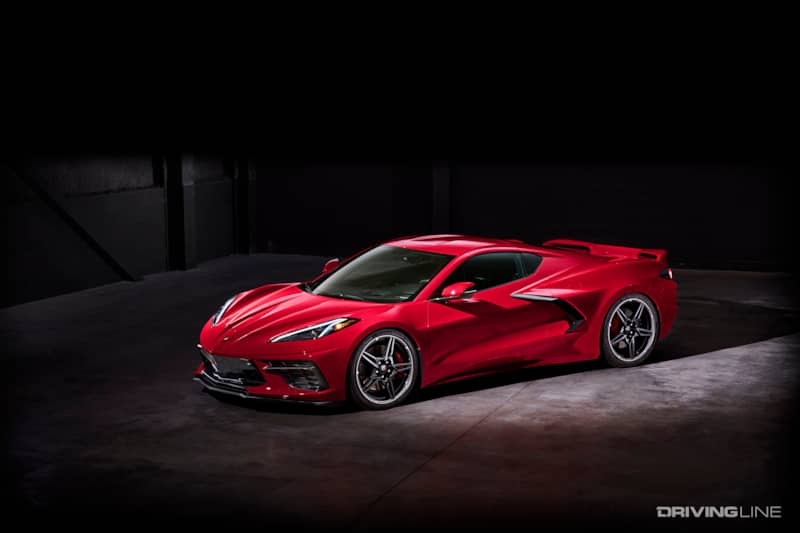
But even if you aren’t looking for maximum drag strip performance, staggered wheels and tires will likely be better for a daily driver. That’s because cars with wider front tires will likely be more “twitchy” on the road and more prone to tramlining on imperfect surfaces.
The Look
Lastly, one of the biggest factors in choosing between a staggered or square setup is the look. This is subjective of course, and there are many fans of both.
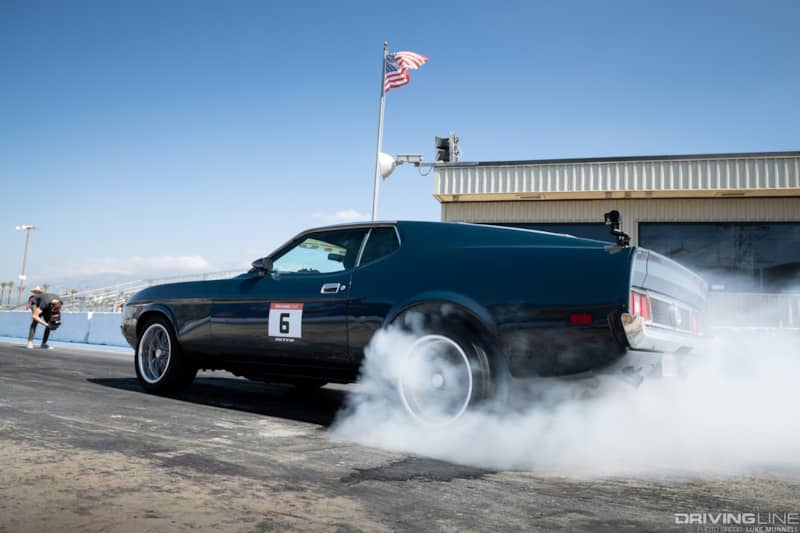
The smaller tire in the front, larger tire in the rear look is a classic one, appreciated by classic muscle car fans and modern sports car enthusiasts alike.
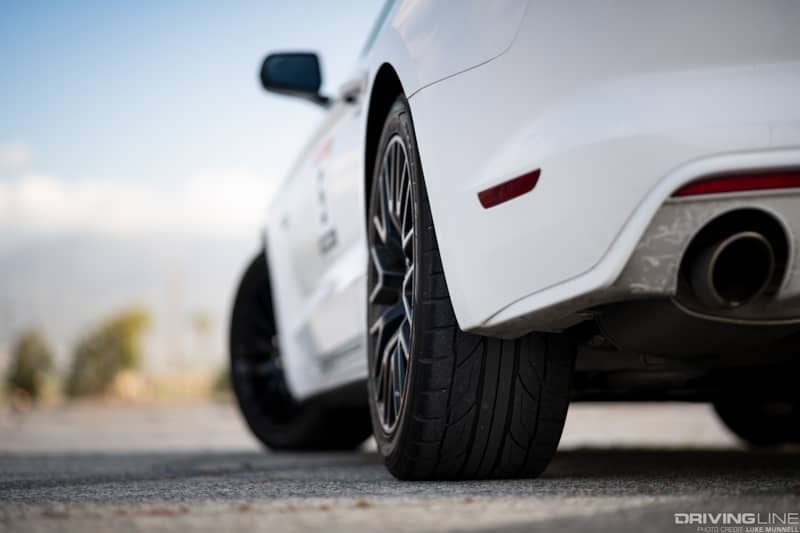
But the look of a car with equally wide front wheels and tries can be just as appealing, especially with a track alignment and some grippy performance tires.
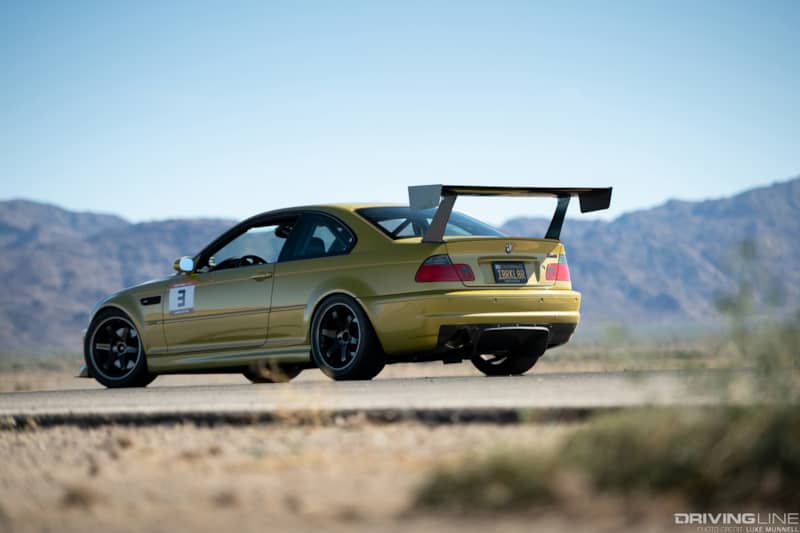
Whether it's looks, driving manners, straight-line performance, cornering performance or a combination of everything, there’s no right or wrong answer to this debate - but as we've just seen, there are some very important factors to consider.
More From Driving Line
- Now that you've read about staggered vs square, how about another never-ending debate? IRS vs. live axle.







